German and Australian architects compare notes on culture, climate and architecture in Berlin and Melbourne
November 4th, 2010
What do these two cities on opposite sides of the world have in common?
Both Berlin and Melbourne are considered the ‘cultural capitals’ of their respective countries.
Top Melbourne and international architects take the stage to engage in a dialogue about how buildings, urban spaces and entire cities create this elusive thing we call ‘culture’.
This debate, as part of the German/Australian Arts Festival, will unpack how architecture, climate, infrastructure and finance play in the urban strategies of each city.
Battling it out with the Berlin perspective is Jürgen Mayer H, director of German architecture firm of the same name, and currently visiting professor at Columbia University in New York as well as German architect and academic Dr Claudia Perren from the University of Sydney.
Presenting the Melbourne side of things is Professor Richard Blythe from RMIT, and the two Melbourne architects, Shelley Penn and John Wardle.
To highlight the difference between Berlin and Melbourne housing, Perren singles out J. MAYER H. architects’ design of an apartment in Johannisstraße in Berlin:
“Berlin’s urban block structure supported a mix of people and uses from the beginning; I do not think it works the same way in Melbourne”.
6 – 7:30pm, Thursday 11 November, RMIT Gallery, Melbourne.
Tickets must be purchased PRIOR to the event.
$10 Concession/ $15 full price.
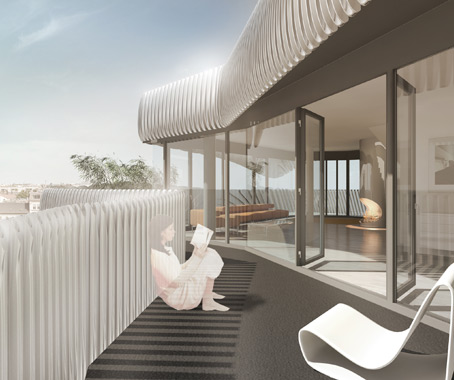
J. MAYER H. architects’ design of the apartment-house in Johannisstraße, Berlin
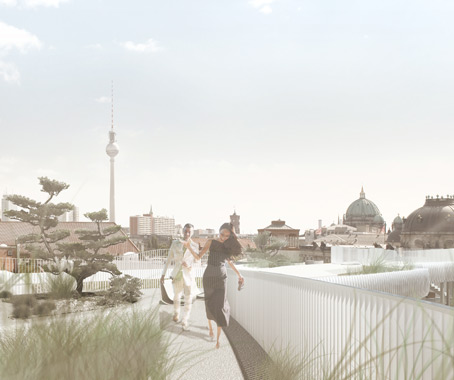
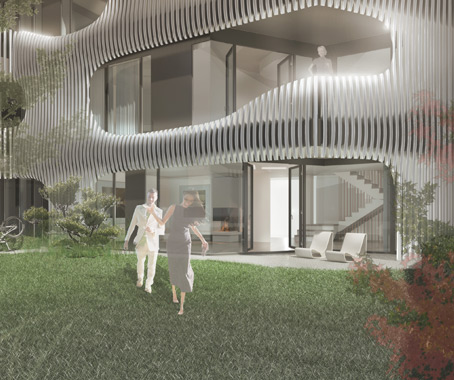
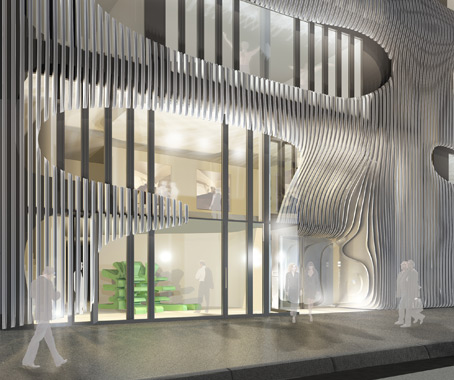
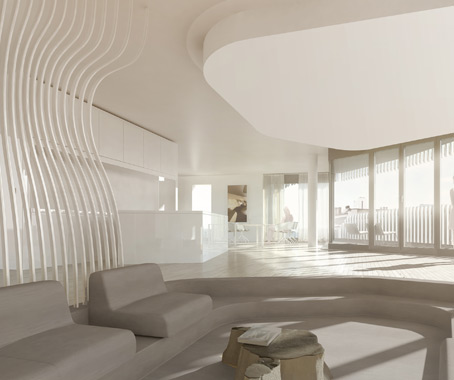
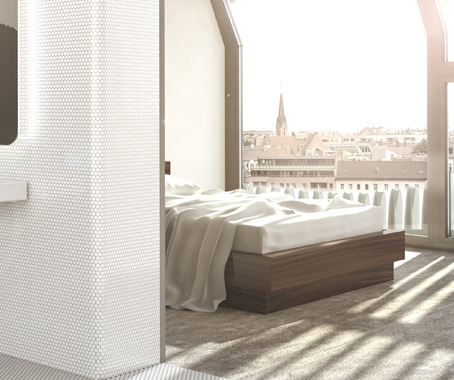
RMIT Gallery
rmit.edu.au/rmitgallery
INDESIGN is on instagram
Follow @indesignlive
A searchable and comprehensive guide for specifying leading products and their suppliers
Keep up to date with the latest and greatest from our industry BFF's!

Schneider Electric’s new range are making bulky outlets a thing of the past with the new UNICA X collection.

In this candid interview, the culinary mastermind behind Singapore’s Nouri and Appetite talks about food as an act of human connection that transcends borders and accolades, the crucial role of technology in preserving its unifying power, and finding a kindred spirit in Gaggenau’s reverence for tradition and relentless pursuit of innovation.

It’s widely accepted that nature – the original, most accomplished design blueprint – cannot be improved upon. But the exclusive Crypton Leather range proves that it can undoubtedly be enhanced, augmented and extended, signalling a new era of limitless organic materiality.

ID21 targets dynamism, energy and comfort for the co-working community at Spacemob Ascent.
Bringing new meaning to the term ’scenic railway’, a rusted, ruined train-line turned shrub-lined public walkway has opened its gates to huge acclaim in the centre of the Big Apple. Jess Noble reports.
The internet never sleeps! Here's the stuff you might have missed

This year’s Open House Melbourne Weekend program has been unveiled, with almost 200 buildings, places and experiences set to open to the public in July.

The Altro Neurodiversity Forum 2025 gathered leading architects, designers, thought-leaders and advocates in March at the Manly Pacific Hotel in Sydney.

The Australian Passivhaus Association (APA) has released a guide outlining the process for achieving the international Passivhaus Standard, providing clarity on appropriate use of the term and the legal risks of incorrect assertions.

Striking a harmonious chord amidst the urban rhythm of Adelaide’s Festival Plaza, Flinders University’s new campus integrates meticulously crafted soundscapes that soothe the buzz of modern pedagogy, settling into the building’s multifaceted context.